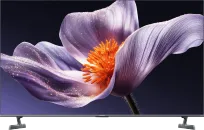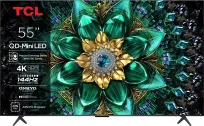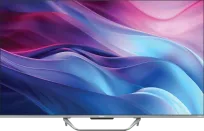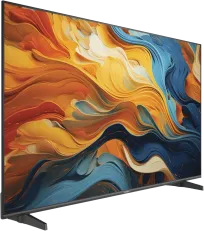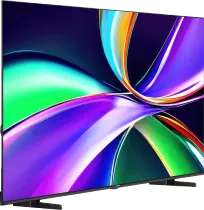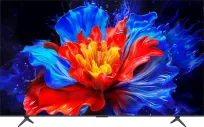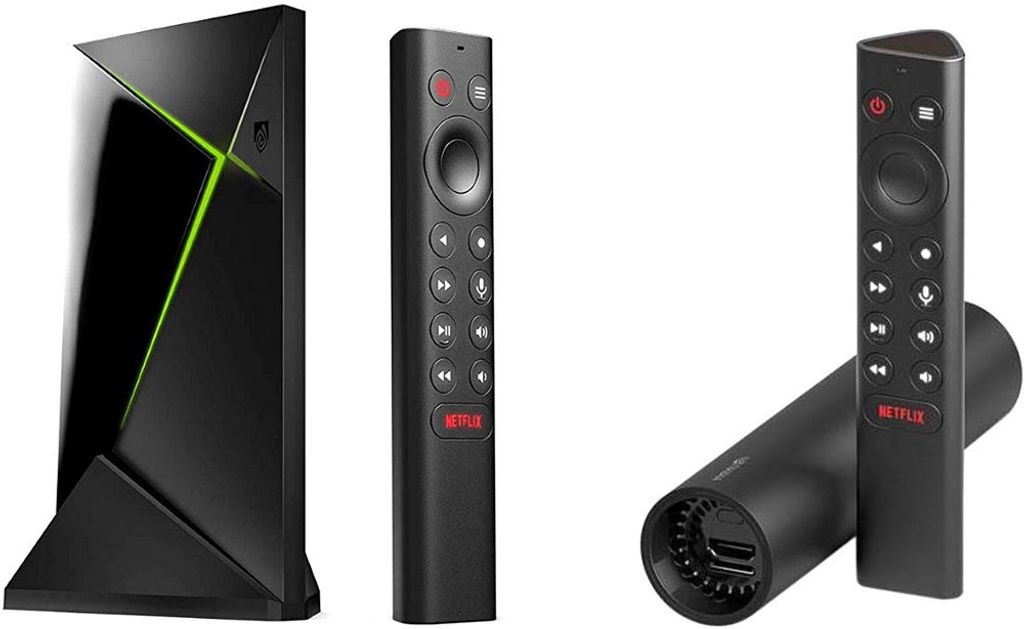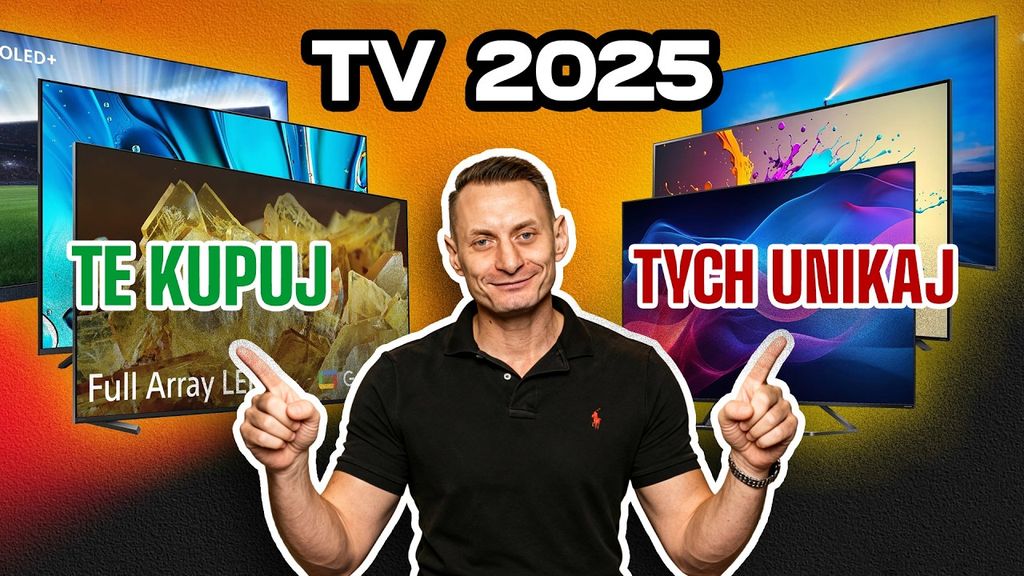
Yesterday OLEDs, today Mini LEDs – Panasonic reveals more cards for 2025. Let’s see what the Japanese manufacturer has prepared in its new line of LED televisions.
After the presentation of flagship OLED models, Panasonic doesn’t slow down and introduces a new series of LED-backlit televisions – including two models based on Mini LED technology. The 2025 line includes the series W95B, W93B and W85B. Let’s check the details!
Panasonic W95B - the most advanced MINI-LED from Panasonic for 2025
W95B is the most advanced LED television in Panasonic's offering for 2025. The manufacturer has opted for Mini LED technology, which provides much greater precision in backlighting compared to traditional televisions with FULL ARRAY backlighting. As a result, the W95B has more dimming zones (even 2.5 times more than last year's models), and this is expected to translate into better contrast, deeper blacks, and less halo effect around bright objects.







Panasonic also has a few interesting innovations up its sleeve. One of them is a new tone mapping system called Hybrid Tone Mapping, which aims to help recover some difficult-to-reproduce details in the brightest parts of the image. This feature is particularly useful in content lacking dynamic metadata – such as standard HDR10 – where the TV has to decide for itself how to reproduce the brightest elements of the scene. Fortunately, the W95B also supports Dolby Vision and HDR10+, so for content with dynamic metadata, the quality will be even better.


The whole system is managed by the new HCX Pro AI Processor MK II – the same chip found in top OLED models. It is responsible for all "intelligent" functions related to image analysis and processing – from recognising the type of content to automatically adjusting picture settings in real time. But how will this translate to everyday viewing? We will find out in practice.
The good news for enthusiasts of top-quality visuals is the return of support for Calman Ready. This makes professional colour calibration even better – and as always, we encourage you to order it at skalibrujtv.pl.
Panasonic W93B – Mini LED in a more affordable version
W93B is the second – right after the flagship W95B – series based on Mini LED technology in this year's Panasonic lineup. The differences are mainly noticeable in the details, such as a smaller number of dimming zones, but the fundamentals remain the same. What sets W93B apart from W95B is the availability of smaller sizes (43", 50", 55", and 65"). This will be a much more flexible model when it comes to choosing for our home.





On board, we’ll find Mini LED backlighting with HDR Bright Panel Pro technology, a solution designed to enhance brightness and contrast – particularly in dynamic scenes. The refresh rate is up to 144 Hz, which immediately indicates that Panasonic positions this model as gaming-ready as well. The image is managed by the same HCX Pro AI MK II processor as in the higher models – so the features related to image processing should remain at the same level as in the flagship ChooseTV W95B or Z95B.
When it comes to gaming – the W93B looks really promising. It features a 144 Hz panel, support for VRR, HDMI 2.1, as well as compatibility with FreeSync Premium. The input lag is said to be very low, so whether you're gaming on a console or a PC – the response on the screen will be instantaneous. Additionally, there's the True Game Mode, which allows for colour reproduction according to the intentions of the game developers (the question is whether this is just a renamed version of the HGiG mode?), and the Game Control Board, which is a handy settings panel – from which you can adjust key image parameters. The W93B is also expected to offer several dedicated sound modes for gamers, which can be tailored to the type of game – e.g. RPG or FPS.


Panasonic W85B – entry-level LCD model designed for gamers and Fire TV
W85B is the lowest model in this year's line of LED televisions from Panasonic. We won't find Mini LED backlighting or local dimming here – it features a classic LED panel that won't deliver deep blacks or ideal contrast, but that’s not really its aim. This model is aimed more at users looking for an affordable television for everyday use, occasional viewing, and – interestingly – gaming.





We've got a 120 Hz panel here, which is definitely a plus for this segment. Additionally, support for VRR and HDMI 2.1 suggests that Panasonic wants to attract gamers looking for the most affordable gear with reasonable smoothness. We don't yet know the official measurements, but if the company shows a level similar to previous years, it should be very good. There's also support for FreeSync Premium and VRR, so gamers can take advantage of full frame synchronization.


When it comes to the smart system, all this year's models run on the Fire TV platform, which is Amazon's solution known mainly for devices like the Fire Stick. It must be said that the interface works quickly, and features like Alexa integration, a personalised home screen, and Ambient mode are really strong points. The problem is that in Europe – and certainly in Poland, where we are testing these TVs – Fire TV is just getting started. Local applications are few and far between, and although the basic services work, it is still a long way from the level of Android TV, Tizen, or WebOS. However, this is likely just a matter of time – possibly with each update, the platform will be supplemented with the missing items until it catches up with the competition.



Will Panasonic bounce back?
The new line of LED TVs from Panasonic looks solid, from the flagship Mini LED W95B, through the more affordable W93B, to the budget model W85B. The manufacturer is clearly trying to get back in the game by offering sensible features for gamers, full support for HDR formats, and a Fire TV platform that – despite initial shortcomings – may spread its wings over time. Of course, as always: the paper will accept everything. We'll truly understand the capabilities of these models only after thorough testing. We're waiting for the first test units and will check how these TVs perform in practice. What about you? Do you think 2025 will be a bounce back for Panasonic in the TV market? Let us know in the comments or on our social media profiles, we are curious about your opinion!
 Katarzyna Petru
Katarzyna Petru
